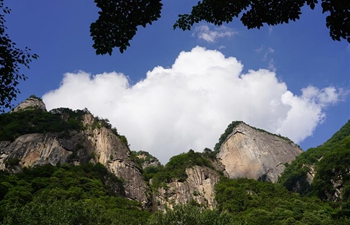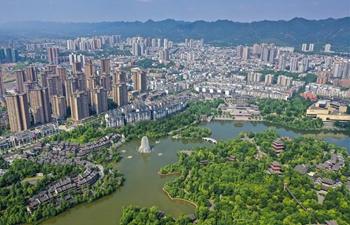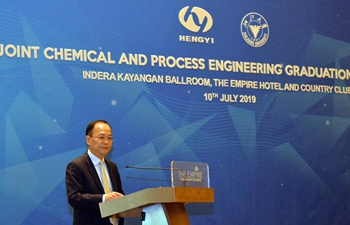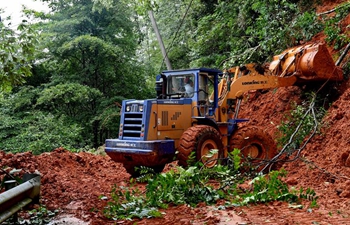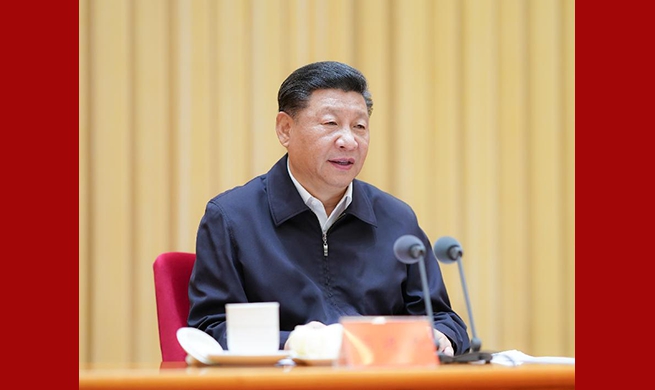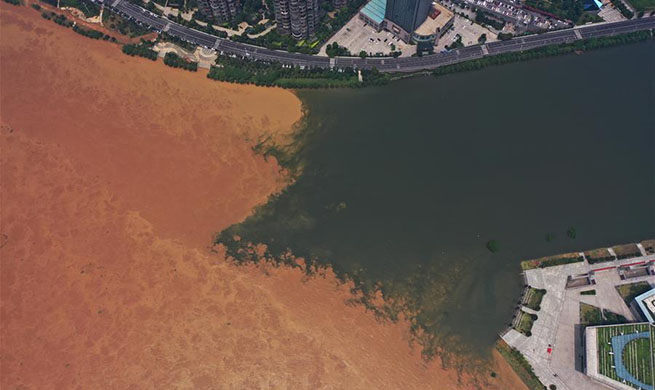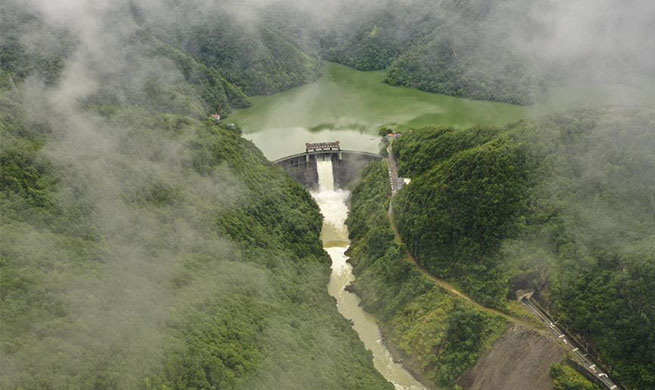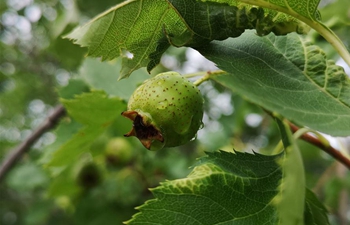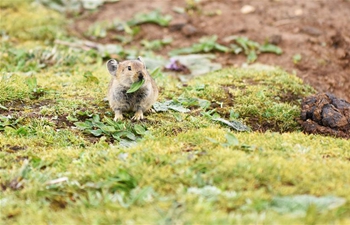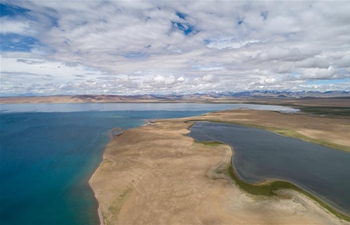LHASA, July 11 (Xinhua) -- The unusually hot and dry weather in Tibet since June has posed new challenges to agriculture, climate experts said.
Sustained heat and little rainfall dried soil and limited the growth of vegetation, particularly in Lhasa, Nagqu and Xigaze, the Tibet regional climate center said.
The water surface of the Yarlung Zangbo River and Lhasa River shrank slightly compared to the same period last year, it said.
Local authorities have been reminded to make preparations for possible drought and step up monitoring of fires, crop diseases and pests, said Wang Xufeng, a researcher with the Northwest Institute of Eco-Environment and Resources of the Chinese Academy of Sciences (CAS).
June's average temperature in the Tibet Autonomous Region was 1.3 degrees Celsius higher than the previous average, with record highs seen in several cities.
On June 24, the temperature in Gyaca, under the jurisdiction of Shannan, soared to 32.6 degrees.
Regional capital Lhasa, which is a generally cool place 3,650 meters above sea level, embraced summer for the first time on June 23 since meteorological data was first collected in 1981.
Moreover, the region entered the rainy season on July 4, 27 days later than previous years.
Such weather anomalies have more negative impacts on agricultural production than positive ones, experts said.
With the highest elevation in the world's mid-latitude region, the Qinghai-Tibet Plateau is very sensitive to the impact of global warming, said Kang Shichang, director of the State Key Laboratory of Cryospheric Science of the CAS.
This year's dry weather is an anomaly, and the long-term trend remains that the plateau is getting warmer and wetter, he said.
Statistics show that from 1981 to 2019, the temperature from March to May in Tibet has risen steadily, at a rate of 0.33 degrees Celsius every 10 years.
Over the 39-year period, spring precipitation in the region has increased by 4.6 millimeters every 10 years.
The region has developed a plan to improve its ability to adapt to climate change and curb its emission of carbon dioxide.





